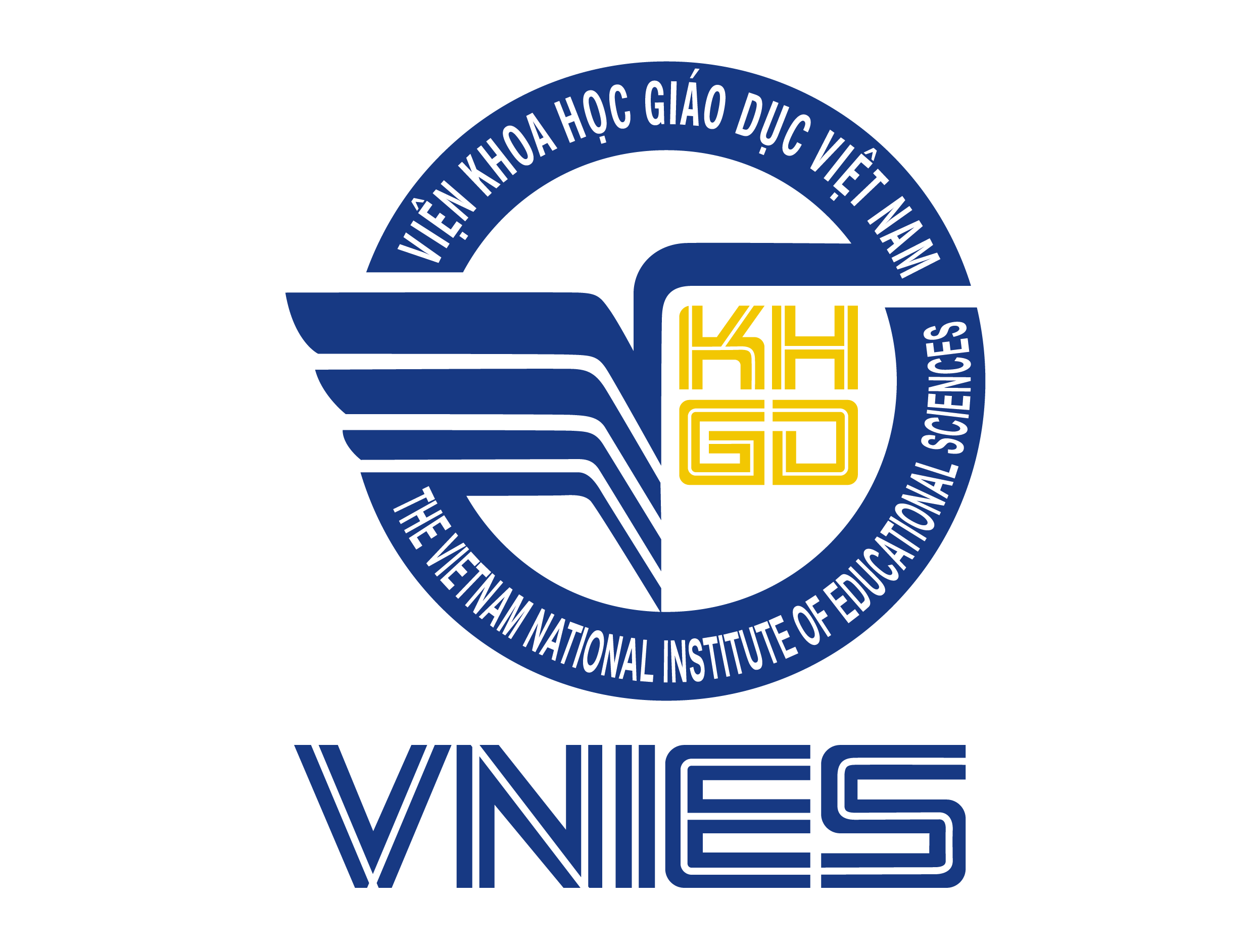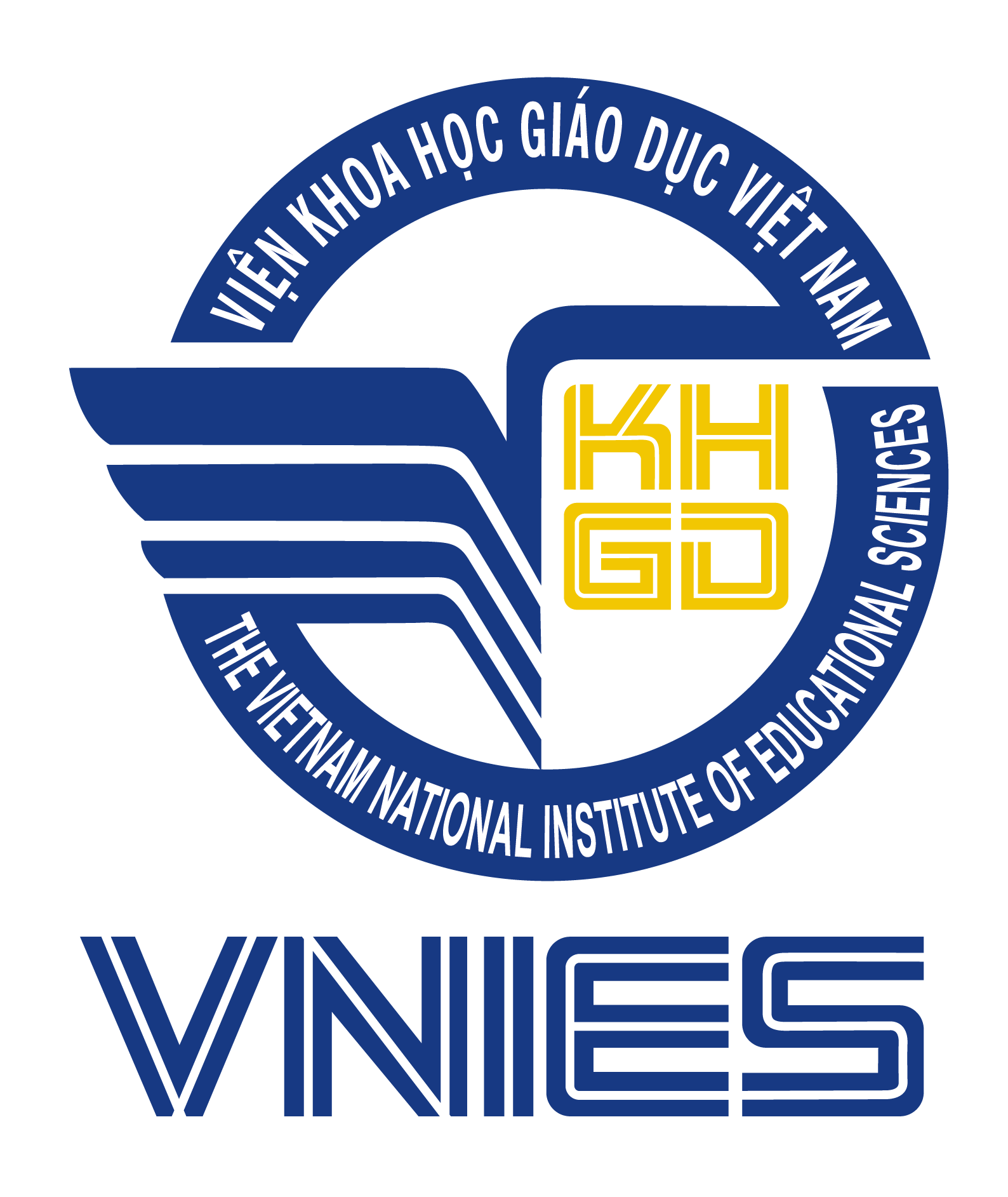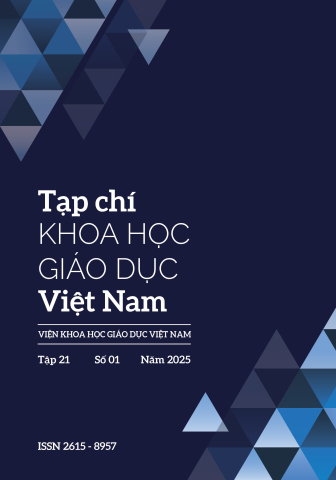[1] Rutherford, P. D., (1995), Competency based assessment: A guide to implementation, Melbourne: Pitman Publishing
[2] Ban Chấp hành Trung ương, (04/11/2013), Nghị quyết số 29-NQ/TW về Đổi mới căn bản, toàn diện giáo dục và đào tạo, đáp ứng yêu cầu công nghiệp hóa, hiện đại hóa trong điều kiện kinh tế thị trường định hướng xã hội chủ nghĩa và hội nhập quốc tế
[3] Bộ Giáo dục và Đào tạo, (2020), Thông tư số 26/2020/TT-BGDĐT Sửa đổi, bổ sung một số điều của Quy chế đánh giá, xếp loại học sinh trung học cơ sở và học sinh trung học phổ thông (Ban hành kèm theo Thông tư số 58/2011/TT-BGDĐT ngày 12 tháng 12 năm 2011)
[4] Nguyễn Công Khanh, (2014), Giáo trình kiểm tra đánh giá trong giáo dục theo tiếp cận năng lực, NXB Đại học Sư phạm, Hà Nội
[5] Trần Thị Tuyết Oanh, (2016), Đánh giá kết quả học tập, NXB Đại học Sư phạm, Hà Nội
[6] Đặng Bá Lãm, (2003), Năng trong dạy học đại học, NXB Giáo dục, Hà Nội.
[7] Nguyễn Thị Hồng Vân và cộng sự, (2010), Đánh giá kết quả học tập môn Ngữ văn của học sinh theo hướng hình thành năng lực, Viện Khoa học Giáo dục Việt Nam
[8] Nguyễn Thành Bảo Ngọc, (2014), Bước đầu tìm hiểu khái niệm đánh giá theo năng lực và đề xuất một số hình thức đánh giá năng lực ngữ văn của học sinh, Tạp chí Khoa học, Trường Đại học Sư phạm Thành phố Hồ Chí Minh, số 56, tr.159
[9] Nguyễn Công Khanh - Đào Thị Oanh, (2019), Giáo trình Kiểm tra đánh giá trong giáo dục, NXB Đại học Sư phạm, Hà Nội.


